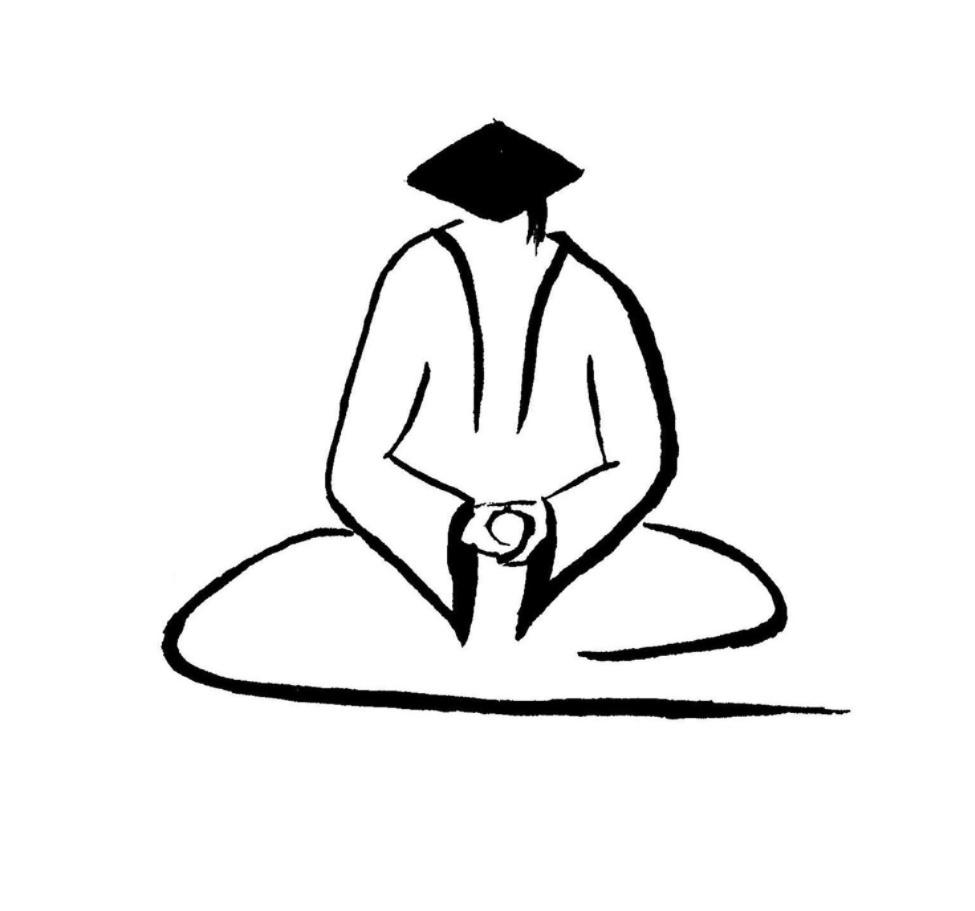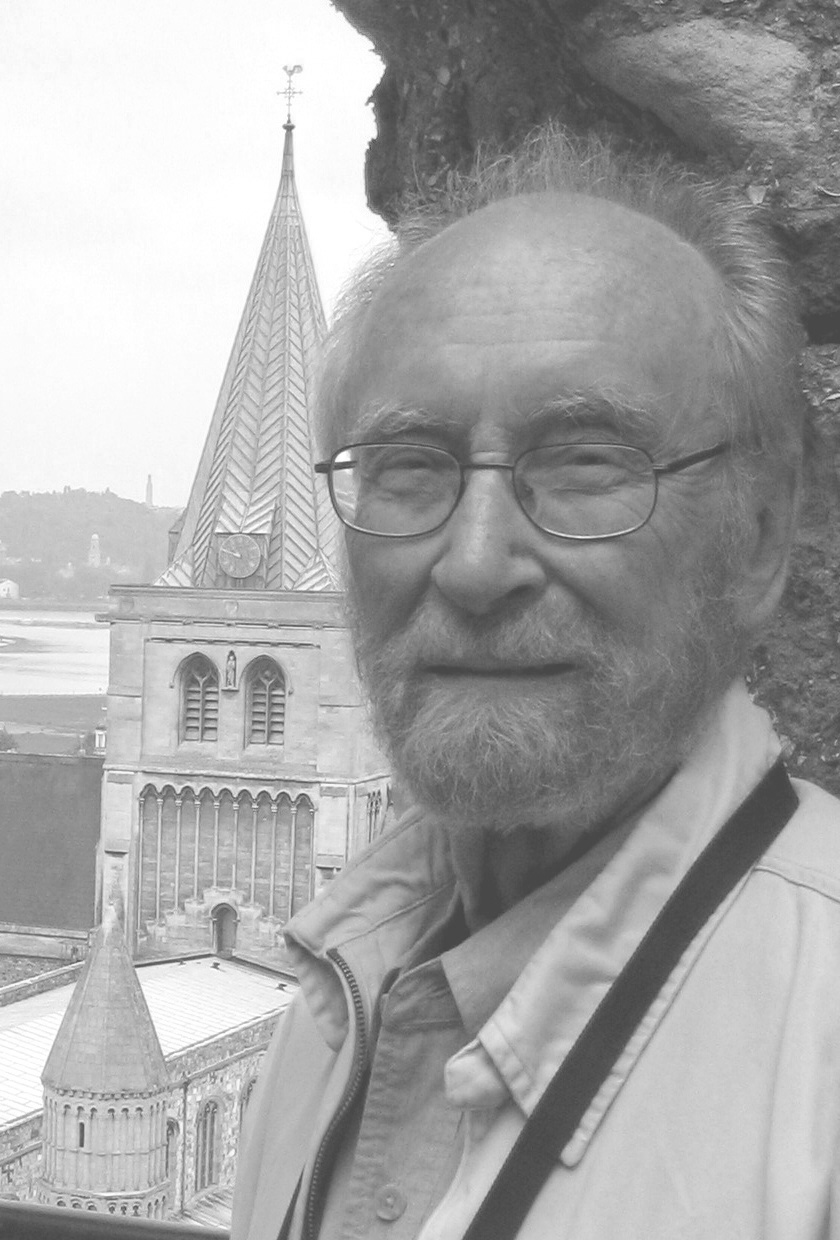|
|
ZEN Copyright
© 1999, 2001, 2009 by Hal W. French, Illustrations Copyright © 1999,
2001, 2009 by Marianne Rankin
“If shelf and cerebral space allowed for only one book on personal spirituality, self-knowledge, or improvement, it could easily be Dr. Hal French’s Zen and the Art of Anything.” —The
Star Reporter, Columbia, S.C. |
|
| Click here
for Sample Selection Click here for For purchases of 10 or more copies, please call, fax or email for quantity discount prices: Tel: 610-524-0304
|
About the Book THIS
IS NOT Simply put, Zen is mindfulness—extracting the most from a given moment. You are invited, through this book, to understand Zen. Zen is not exotic or difficult to attain. Rather, Zen is basic and available to anyone wishing to have a more fulfilling life. Think of everyday activities: breathing and speaking, waking and sleeping, moving and staying, eating and drinking, working and playing, caring and loving, thriving and surviving. If we are truly mindful in our daily living, thereby practicing Zen, we can elevate the most fundamental activities to art forms. Through Dr. French’s charming and mindful writing, you can actually find the keys to a more authentic and meaningful life. The simple act of reading his thoughts and words, filled with so many elegant and artful insights, enables Zen. AN
ENABLING BOOK About the Author
Hal W. French (Ph.D. McMaster University) is Distinguished Professor Emeritus at the University of South Carolina. He has taught at the University of South Carolina since 1972, serving as Chair of the Religious Studies Department from 1989-1995, and is currently dividing his time (in semi-retirement) between teaching part-time and several other activities, including teaching the religion courses for the University of Pittsburgh's Semester at Sea program. He has also taught workshops at the Esalen Institute in California, the Chautauqua Institution in New York, and the Ammerdown Retreat Center near Bath, England. His published works include several books and numerous articles, mostly on Asian religion, and he has won a number of teaching awards. About the Illustrator
Marianne
Rankin received a master’s
degree in the Study of Religion at Oxford University and is the Chair of
the Alister Hardy Society, supporting the work of the Religious Experience
Research Centre at the University of Wales, Lampeter. In 2008 she
published An
Introduction to Religious and Spiritual Experience
(Continuum), bringing the subject to the general reader. She has also
written on Dame Cicely Saunders and the Modern Hospice Movement, which she
founded. Ms. Rankin studied painting under Praise This book simply flows, flows simply, and gently cleanses away the daily eddies of hustle and bustle. —Kuang-ming
Wu, author of All
of these practices made me realize that I will “never find myself
yawning at life.” Largely, mine is a generation that glamorizes boredom,
shallowness, and even depression. I fail to understand these world views,
although I try to empathize with those who suffer. These
things have been on my mind lately more than ever, and Zen has become ever
significant to my life’s path. I am growing in the practice of Zen. I
have become a calmer, happier person because of it, and I have Zen and
the Art of Anything to thank for this. Zen and the Art of Anything
taught me how to live—and how to love it! And
what could be more important than that? P.S.
There is one more dimension of Zen and the Art of Anything I
would like to mention. From the standpoint of a composition instructor,
the book is excellent. I often tell my freshman writers, “Do not try to
find the longest word; try to find the best word.” Hal French’s
writing style exemplifies this practice. Also, I use the chapter
beginnings as examples of excellent transitions. I love how one chapter
just flows into the next (a Zen quality), paradoxically creating a
seamless break (a break that is not a break) between each new topic. This
paradox—a koan flowing from
one chapter to the next—demonstrates a Zen style of writing with focus
on the present. Zen
and the Art of Anything, true to its own counsel, catches the
ceaseless flow of quality in the passing of every page. —Christopher Altman
Publisher www.praxisontheweb.com Tel (610) 524-0304 Fax
(610) 436-4836 Copyright 2009 by Praxis
International, Inc. |


